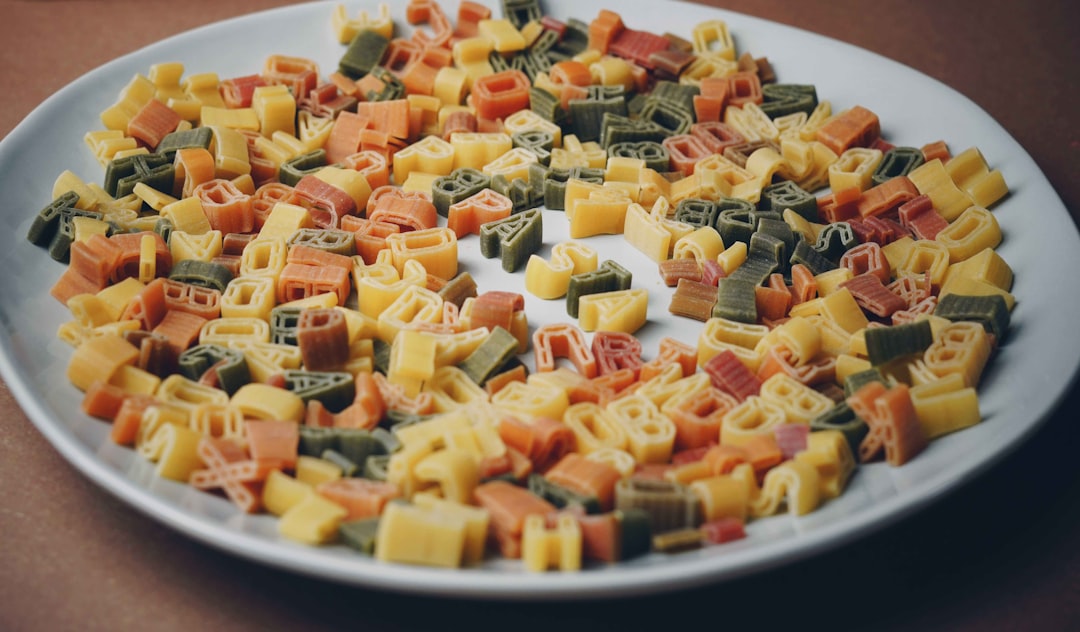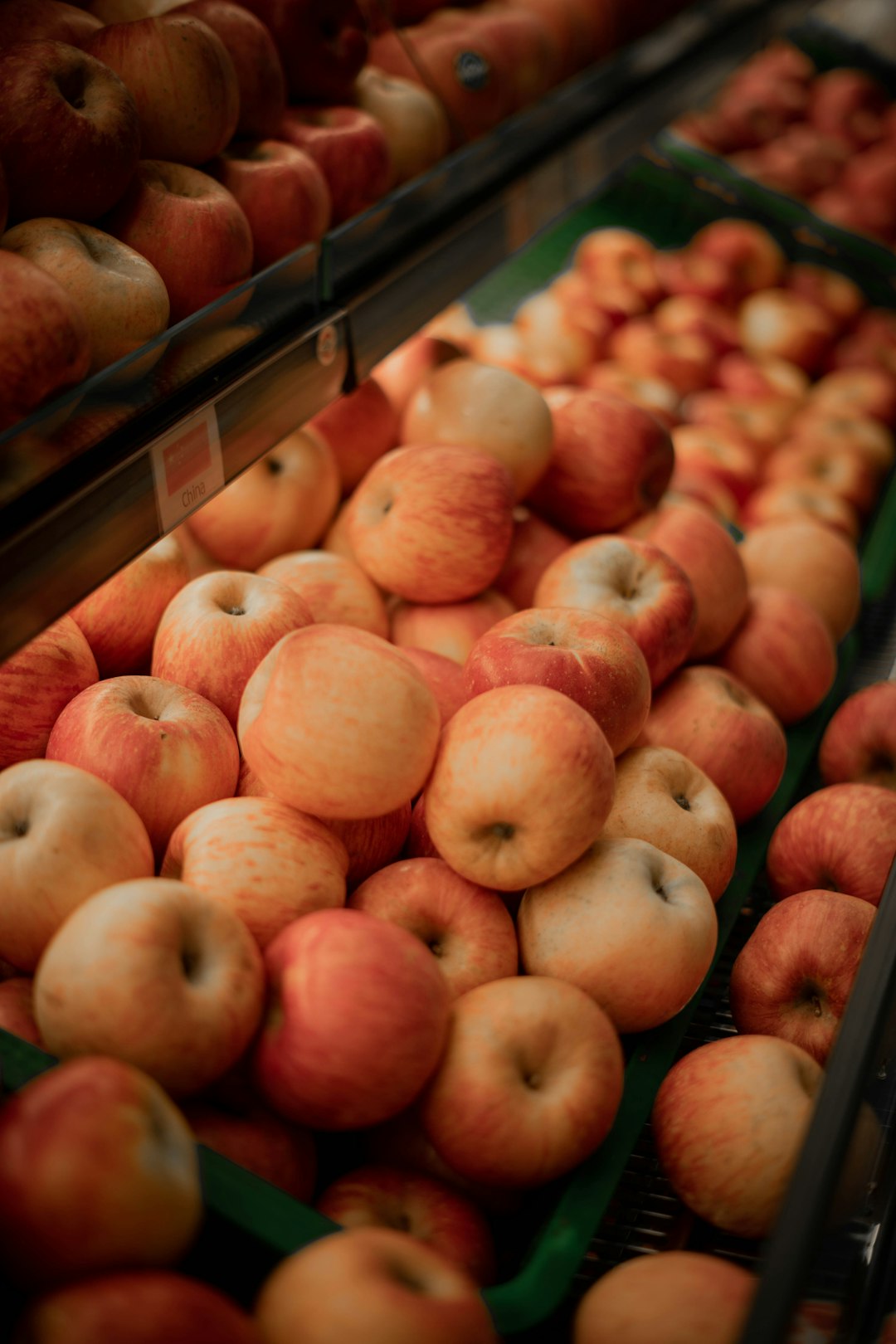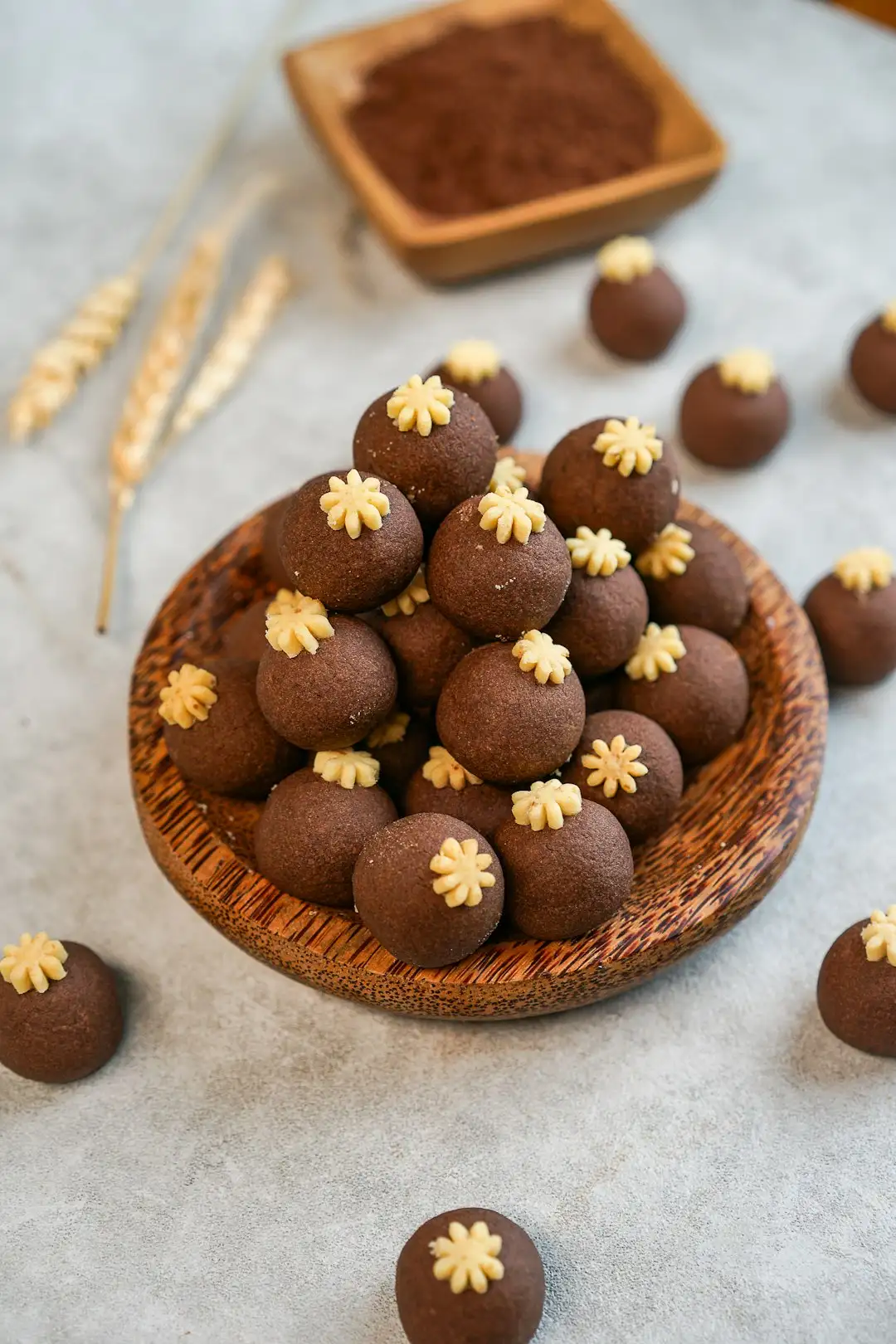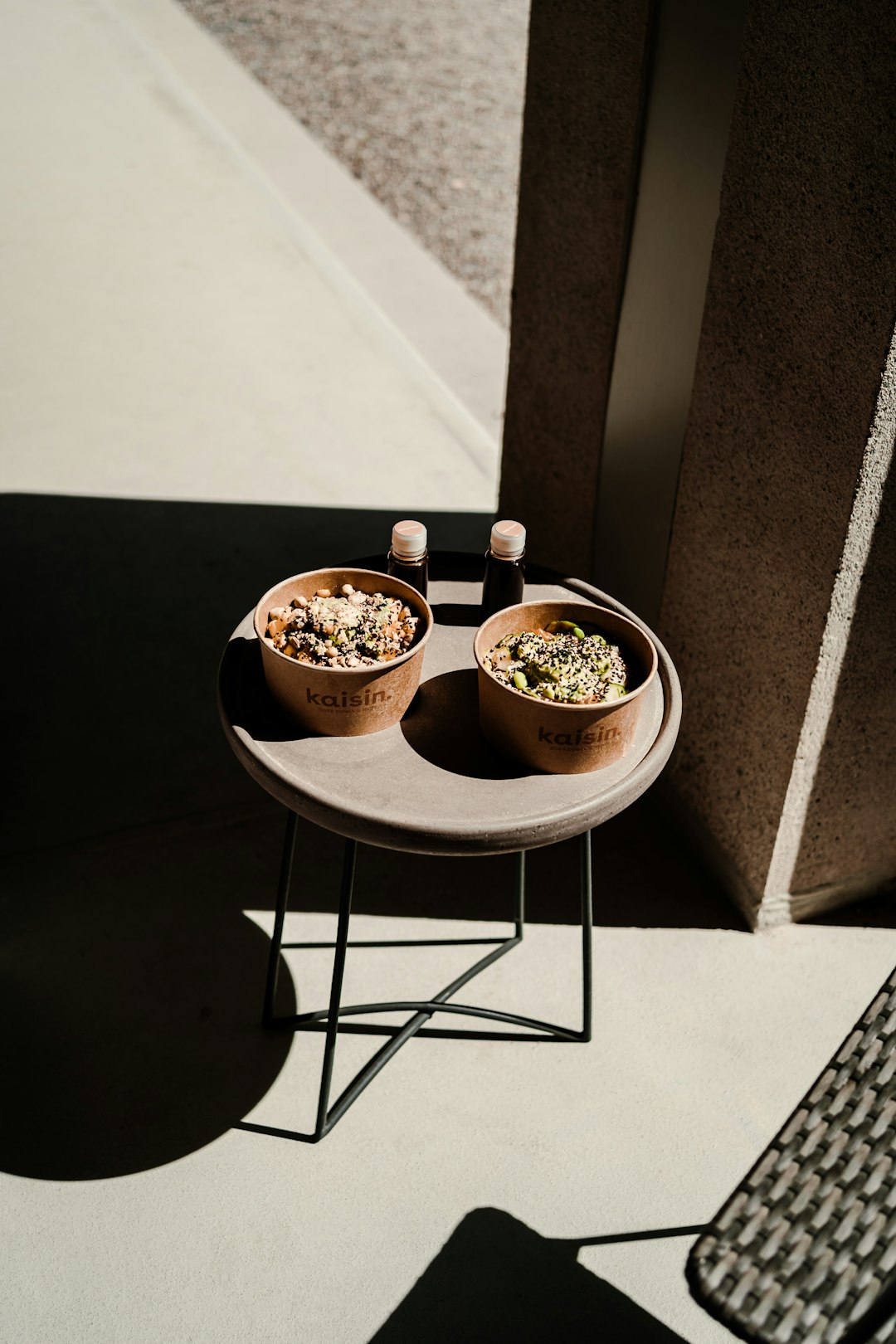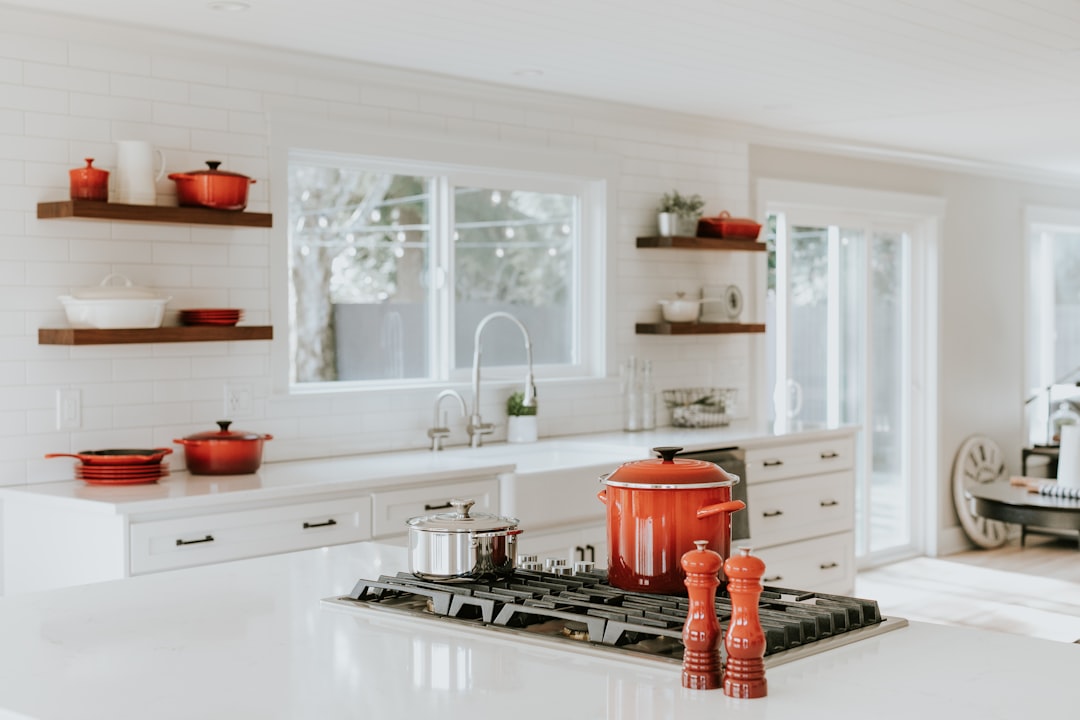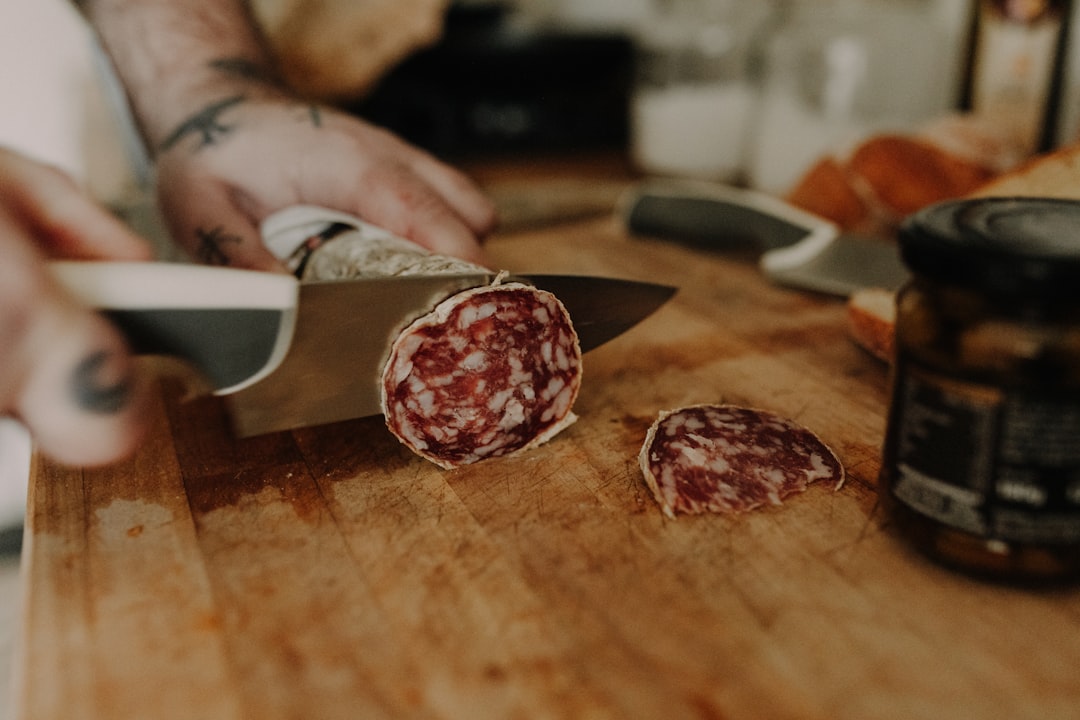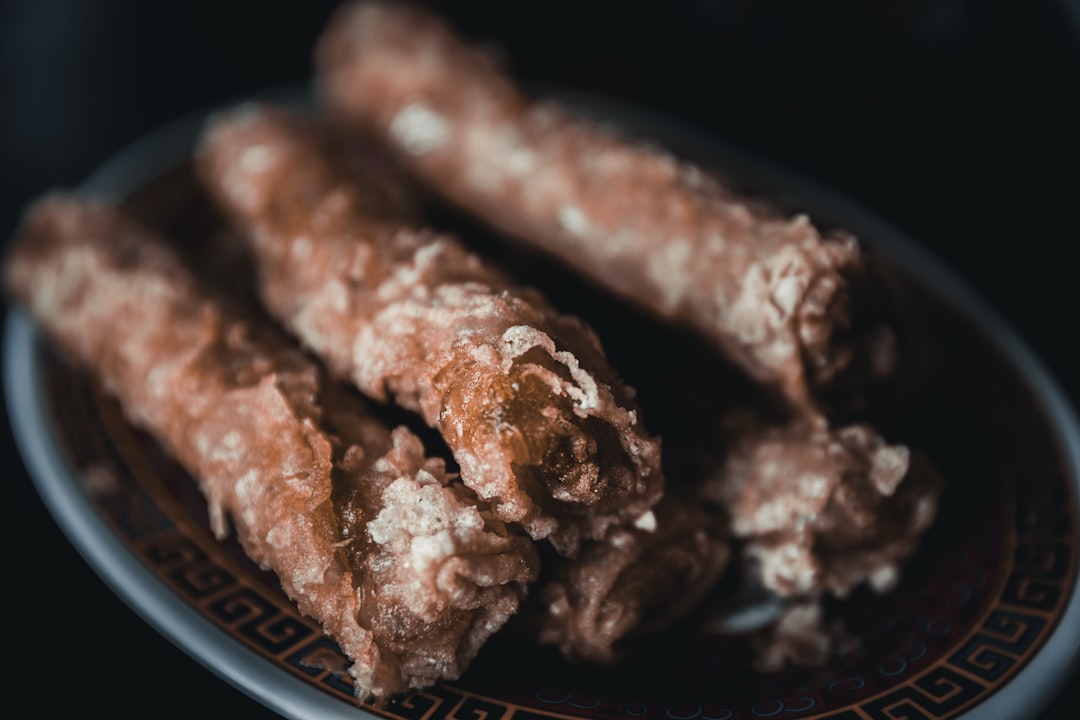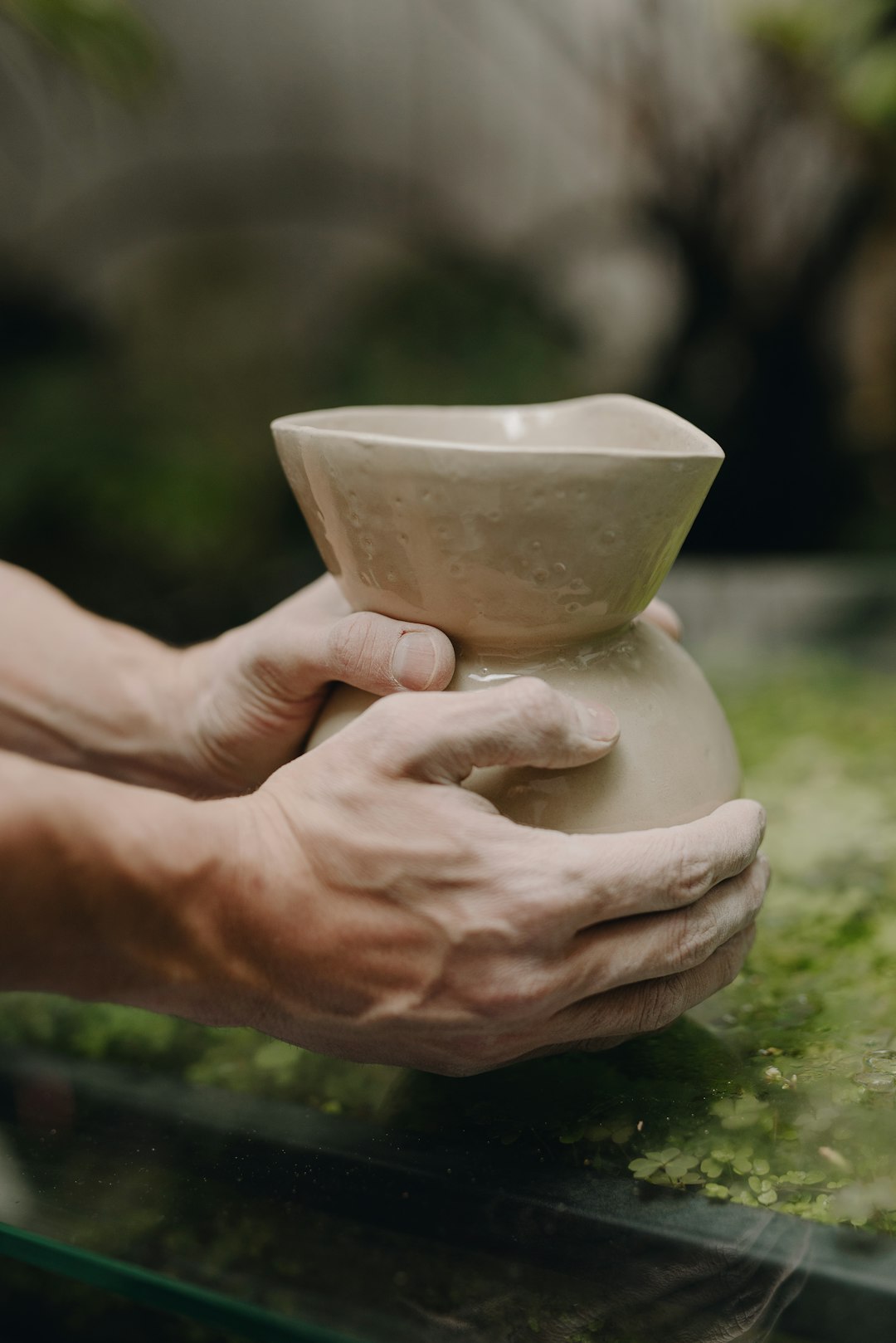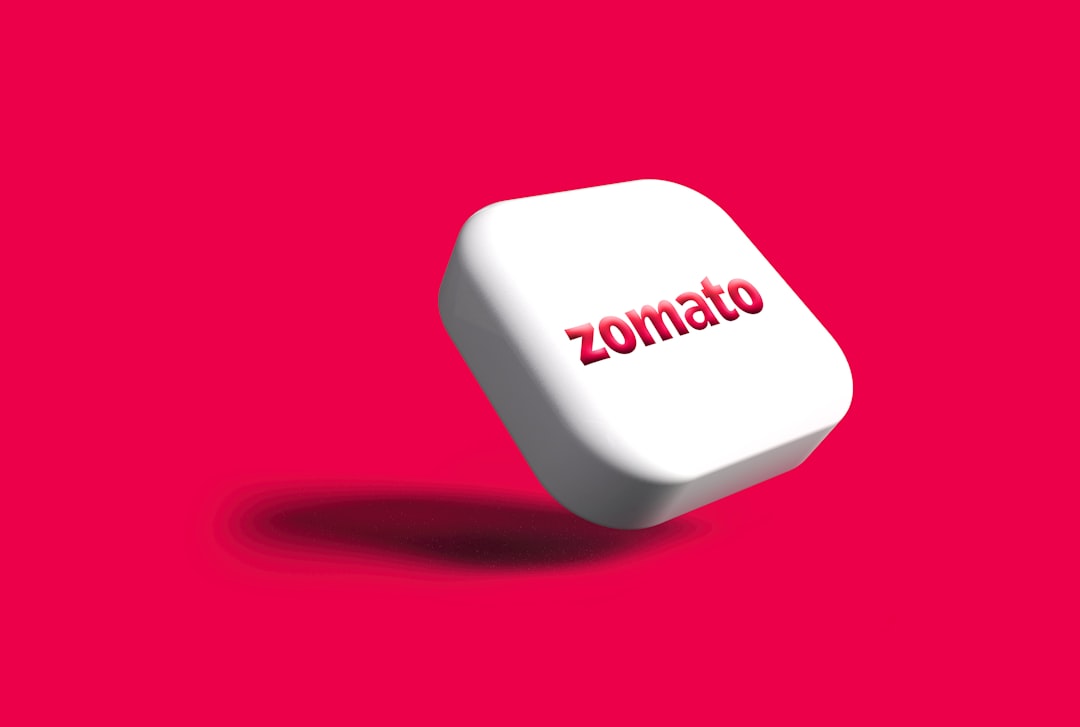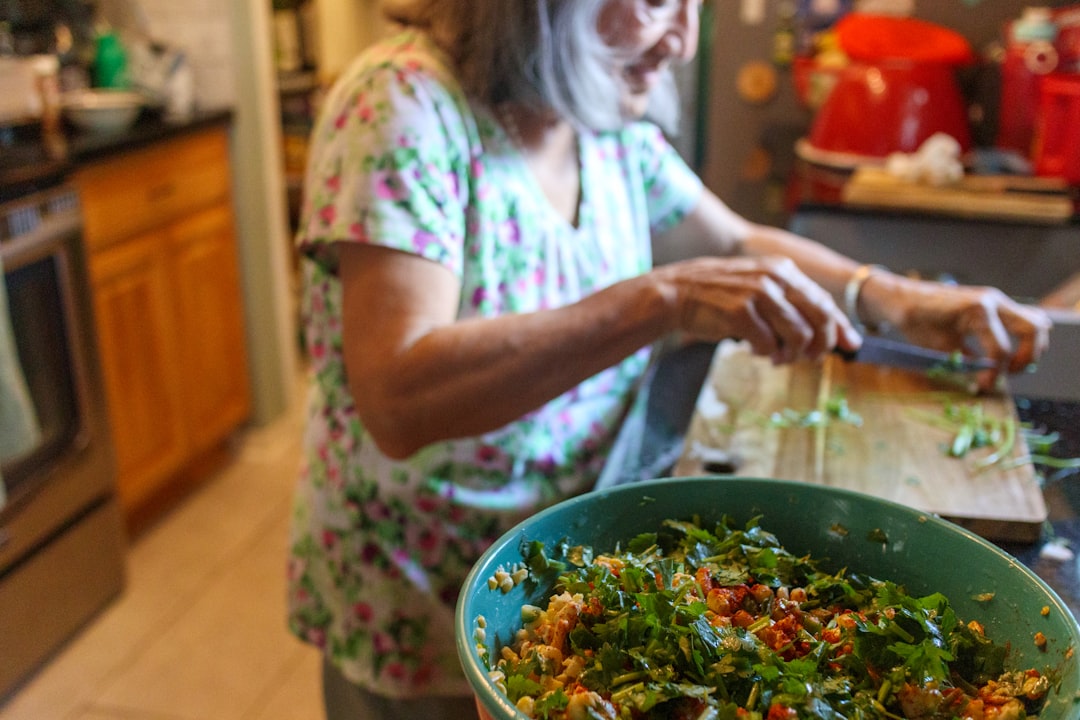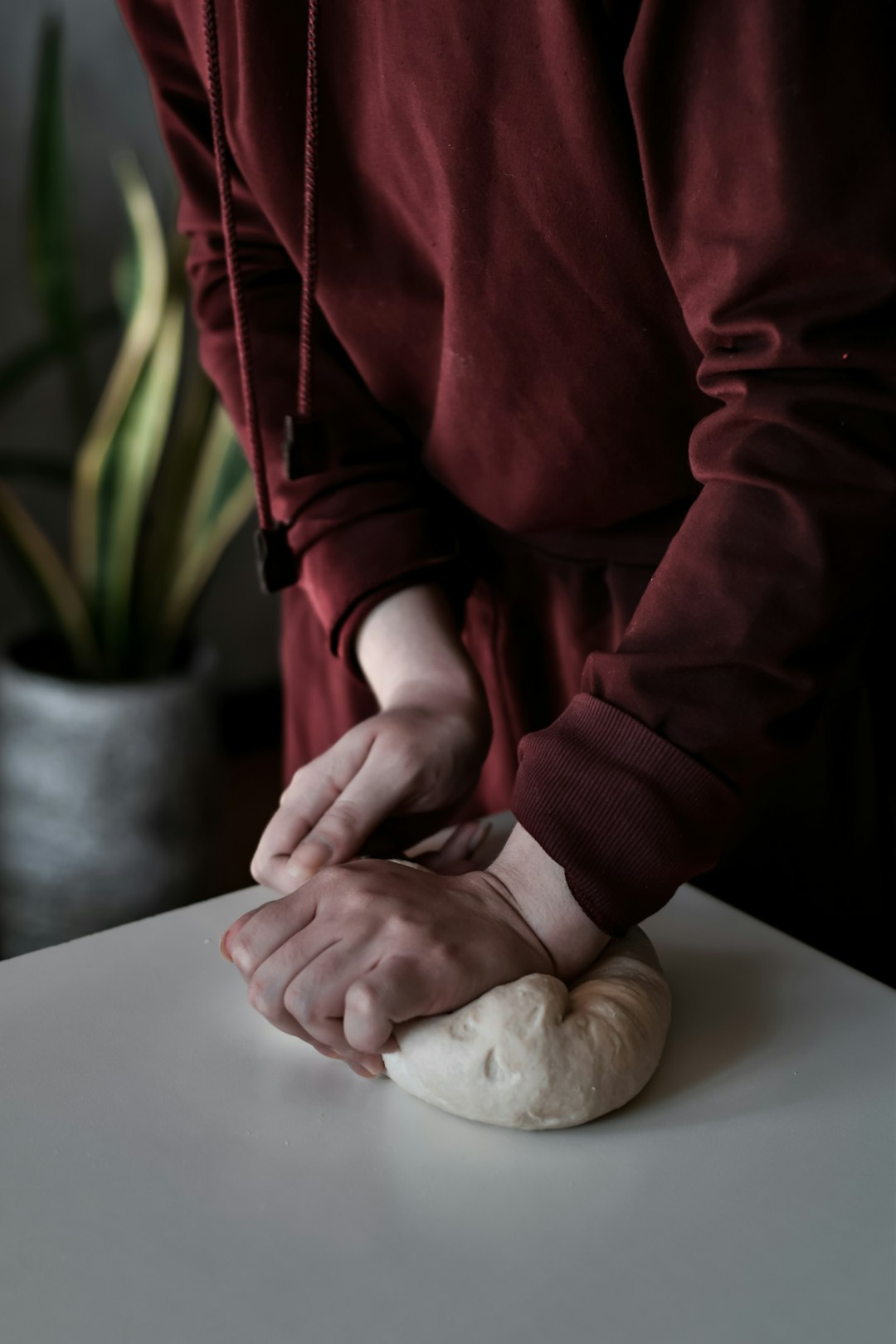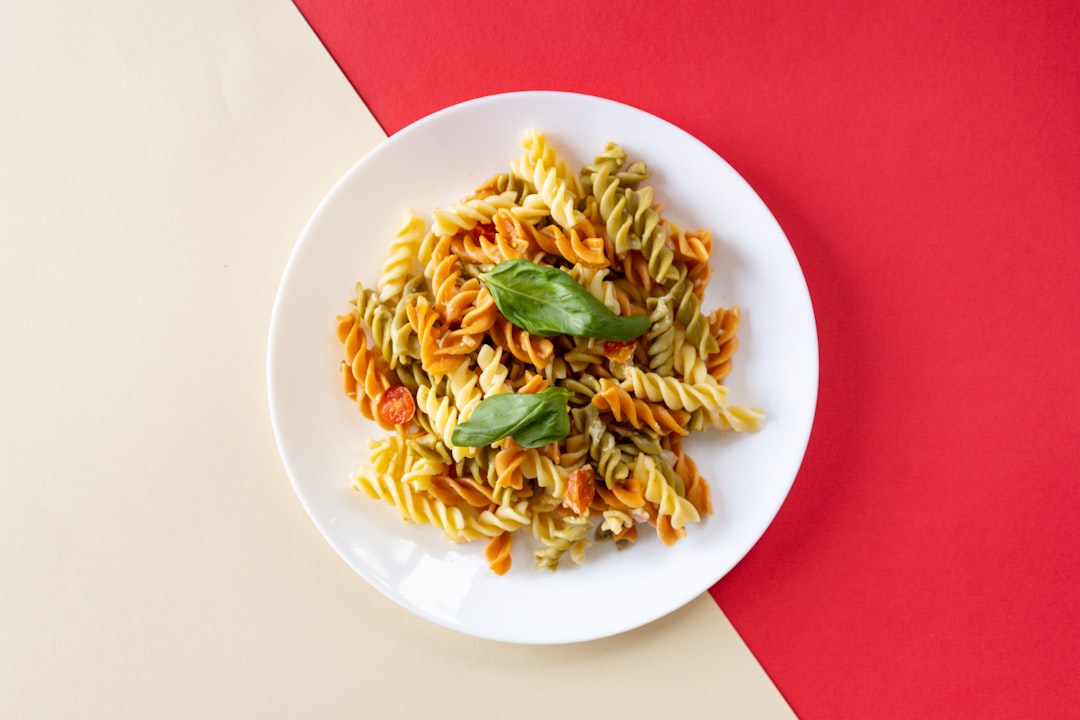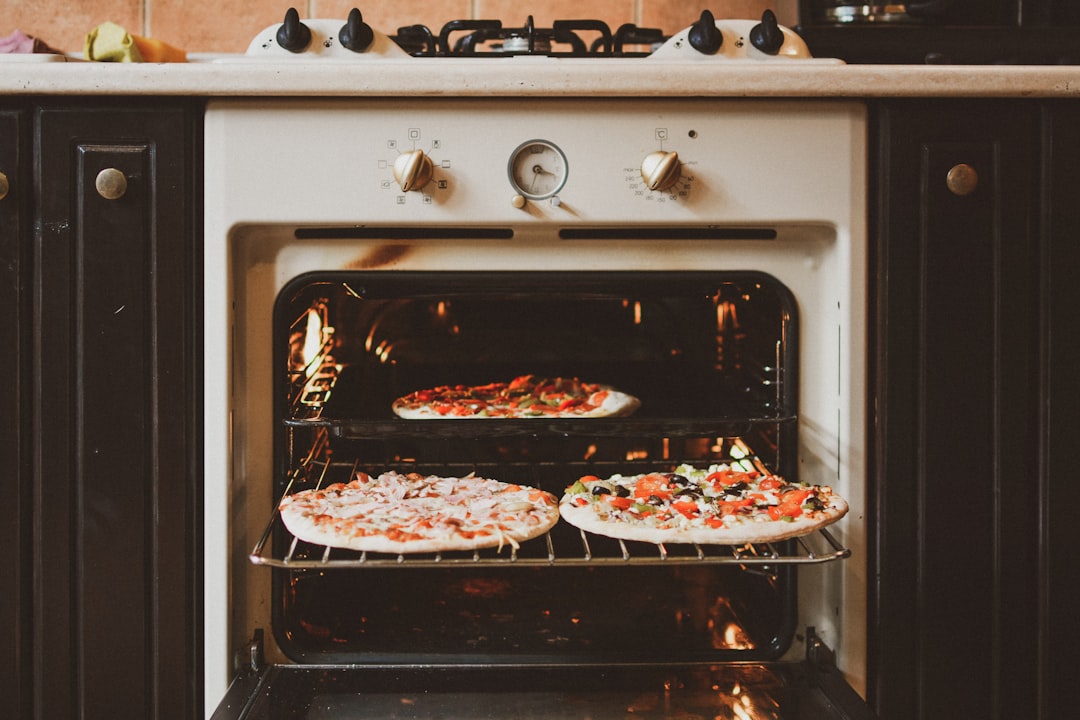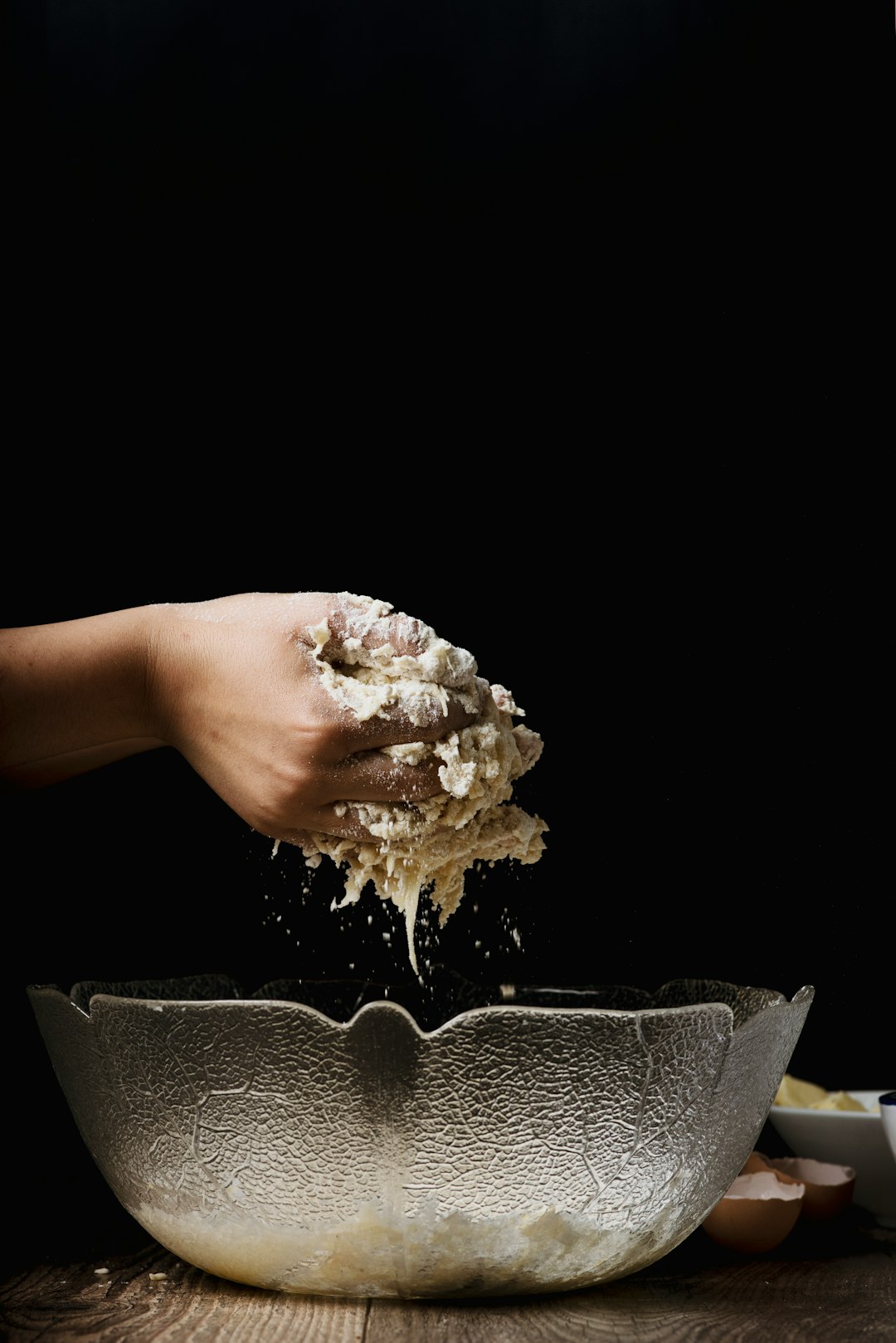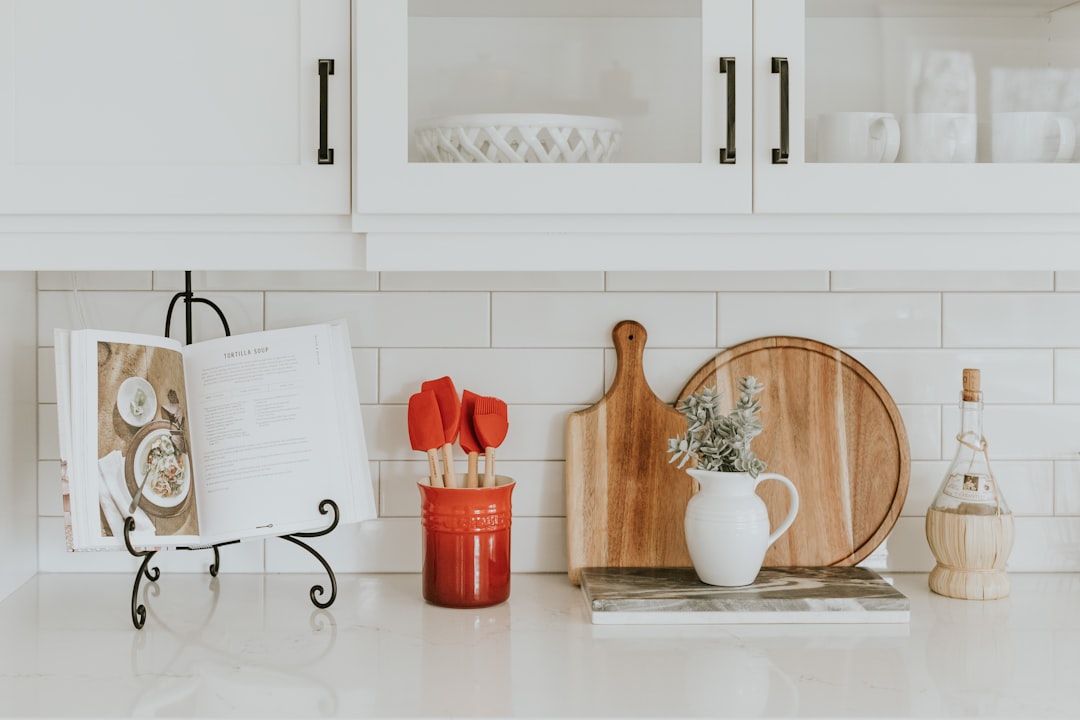
In the bustling world of cooking, where flavors are crafted and meals are brought to life, the importance of a well - maintained cutting board often goes unnoticed. However, there is one essential step that, when skipped, can significantly impact both the longevity of your board and the sanitation of your cooking station. Let's delve into this crucial practice and understand why it should never be overlooked.
First and foremost, it's important to recognize the role that a cutting board plays in our kitchens. It serves as a foundation for all our chopping, slicing, and dicing activities. Whether you're preparing a simple salad or a complex gourmet meal, the cutting board is right there in the thick of it. Over time, though, constant use can take a toll on the board. Cuts, scratches, and grooves start to form, creating hiding places for bacteria and other harmful microorganisms.
One of the most common mistakes that many home cooks make is not properly cleaning their cutting boards after each use. It might seem like a hassle, especially when you're in the middle of cooking a big meal, but this step is non - negotiable. When you cut raw meat, poultry, or fish on a board, you're leaving behind a host of bacteria such as Salmonella, E. coli, and Listeria. If these bacteria are not removed promptly, they can contaminate other foods that come into contact with the board, leading to foodborne illnesses.
So, what is the proper way to clean a cutting board? For wooden cutting boards, a mixture of hot water and mild dish soap is a great start. Use a stiff brush to scrub the surface thoroughly, paying special attention to the grooves and cuts. After scrubbing, rinse the board under running water and dry it completely with a clean towel. It's important to note that wooden boards should never be soaked in water for an extended period as this can cause the wood to warp and crack.
Plastic cutting boards, on the other hand, are a bit more forgiving. They can be washed in the dishwasher, which is a convenient option for many. However, even if you're using the dishwasher, it's still a good idea to give the board a quick pre - rinse to remove any large food particles. After the dishwasher cycle is complete, make sure to dry the board well to prevent the growth of mold and mildew.
Another aspect of maintaining a cutting board is to regularly sanitize it. Sanitizing goes beyond just cleaning and helps to kill any remaining bacteria. For wooden boards, you can use a solution of one part white vinegar to four parts water. Spray the solution on the board, let it sit for a few minutes, and then rinse it off. For plastic boards, a diluted bleach solution can be used. Mix one tablespoon of bleach with one gallon of water, soak the board in the solution for a few minutes, and then rinse it thoroughly.
But the benefits of proper cutting board maintenance don't stop at sanitation. By taking good care of your board, you can also extend its lifespan. A well - maintained cutting board will last for years, saving you money in the long run. You won't have to constantly replace your board due to excessive wear and tear or the growth of bacteria.
Moreover, a clean and well - maintained cutting board can enhance your overall cooking experience. When you know that your board is sanitary, you can focus on creating delicious meals without worrying about the potential health risks. It also adds a touch of professionalism to your kitchen, making it a more inviting and enjoyable place to cook.
In conclusion, never skipping the essential step of properly cleaning and sanitizing your cutting board is the key to making your board last longer and keeping your cooking station as sanitary as possible. It might take a little extra time and effort, but the rewards are well worth it. So, the next time you finish using your cutting board, remember to give it the care it deserves. Your health, your wallet, and your taste buds will thank you.













